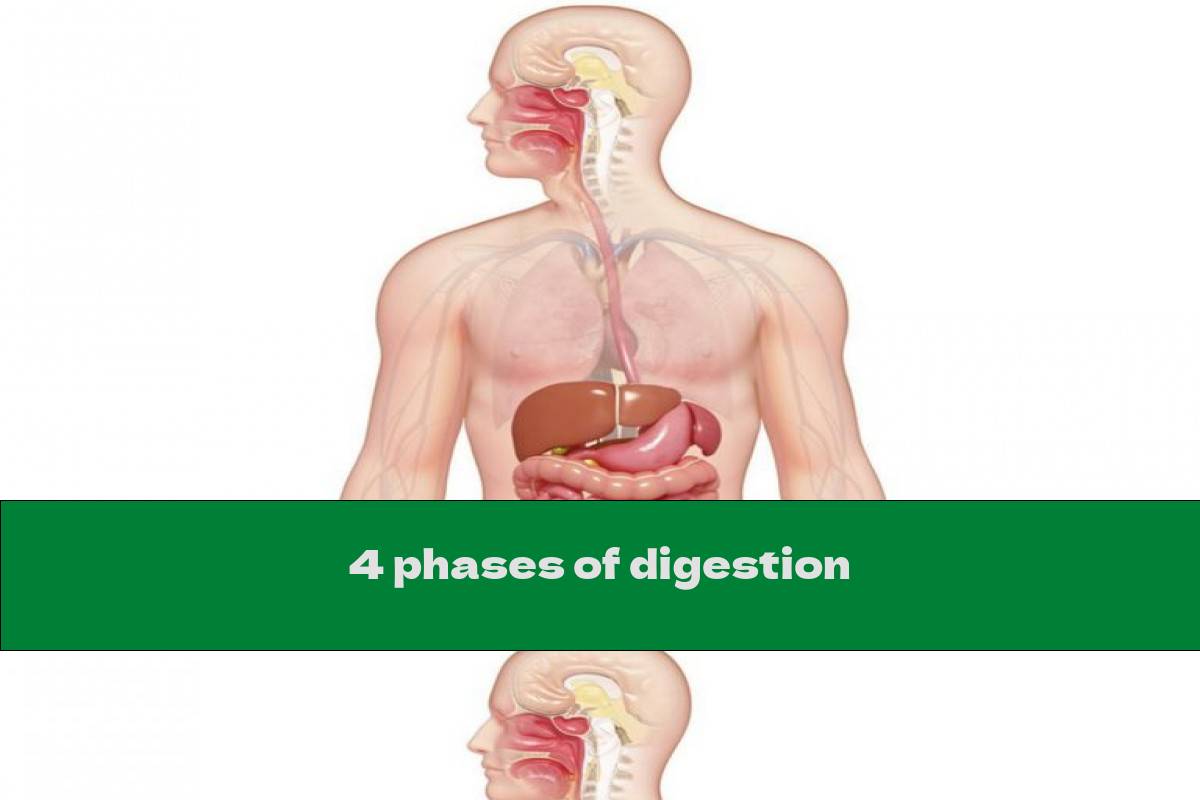4 Phases Of Digestion
 Author: Nia Rouseberg
Time for reading: ~3
minutes
Last Updated:
August 08, 2022
Author: Nia Rouseberg
Time for reading: ~3
minutes
Last Updated:
August 08, 2022

CHAPTERS (Table Of Contents)
Learn what are the fourth phases of human digestion.
The body processes the food you eat by breaking it down into smaller particles, fascinating nutrients and obtaining eliminate the waste product. These processes occur within the alimentary canal, an extended tube that connects the mouth and also the anus.
The four stages of food process follow a written record order within which the previous stage prepares the food for more process throughout the subsequent stage.
Ingestion and Propulsion
Food process begins with the primary bite. throughout the bodily process, teeth break apart the food as you chew. Secretion glands, situated underneath the tongue, produce secretion to lubricate the food particles and also the protein enzyme to start the chemical breakdown of starches within the food. The muscular action of the tongue forms the food into a swish, rounded package known as a bolus. Once the bolus is engulfed, involuntary muscular action known as the bodily process moves the bolus down the muscular structure to the abdomen.
Digestion
The abdomen stores food because it awaits passage to the little bowel. The abdomen automatically breaks down food by churning. Glands within the abdomen secrete acid to assist break down the food into smaller particles. The glands additionally secrete the protein enzyme, that begins the method of breaking down the proteins in food. This watery mixture of food, saliva, abdomen acid, and enzymes is named nutrient. Fats area unit counteracted within the gut with the assistance of digestive juice salts made within the liver and secreted by the gall bladder. The little bowel secretes the protein enzyme to more break down proteins. Enzymes secreted by the exocrine glands break down the remainder of the carbohydrates, proteins, and fats within the gut.
Absorption of Nutrients
After food particles and enormous nutrient molecules are counteracted within the abdomen and tiny bowel, the cells within the lining of the little bowel absorb nutrients from the nutrient. The liner consists of folds and finger-like projections known as villi that increase the extent of the little bowel. Bigger extent permits for additional absorption of nutrients. These nutrients embody carbohydrates, proteins, fats, and vitamins. Cells enable nutrients to cross from the viscus lining into the bloodstream. Blood carries the absorbed nutrients to alternative body tissues, wherever they're held on or used for energy or repair.
Egestion: Eliminating Wastes
The liquid contents that enter the big bowel can't be digestible any further; no additional nutrients area unabsorbed here. The waste product incorporates fiber, dead cells from the liner of the intestines and alternative undigested materials. Fiber can't be counteracted throughout digestion. Soluble fiber dissolves in water, however insoluble fiber remains intact. the big bowel transforms the watery remains of digestion into a solid stool, 1st by the absorption of water and so by the secretion of mucous secretion, that moves the stool into the body part, wherever it waits to be expelled from the body through the asshole.
Related Articles
- The Complete Guide to Amylase: Role in Digestion, Impact on Diets, and Recipes
- Managing Digestion: The Impact of Gassy Foods and Strategies for Relief
- Managing Digestion: The Impact of Gassy Foods and Strategies for Relief
- Hydrochloric Acid in Digestion: Importance, Symptoms, and Supportive Strategies
- Understanding Gassy Foods: Impact on Digestion and Gut Health